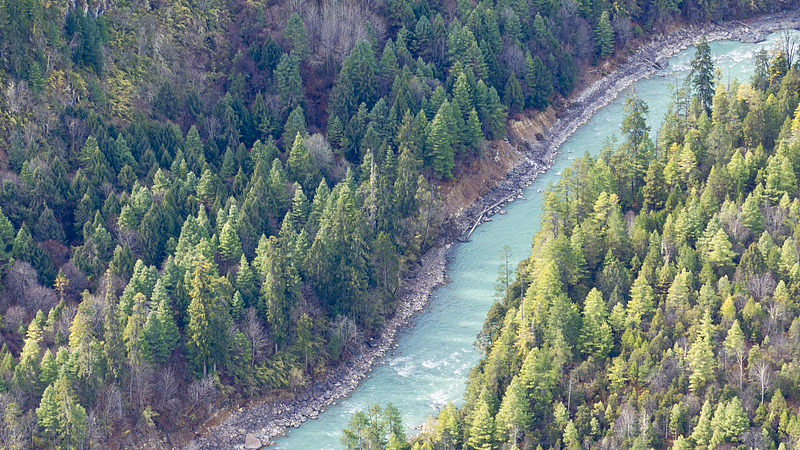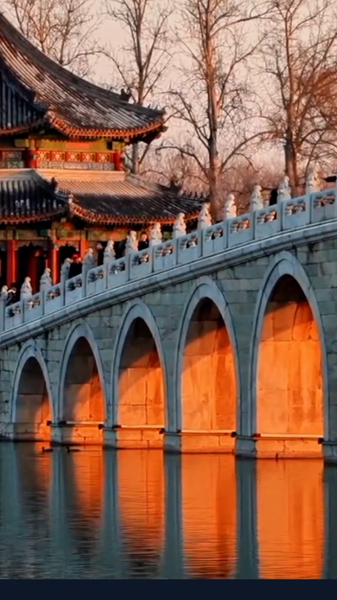In a compelling white paper titled "Human Rights in Xizang in the New Era," Southwest China's Xizang Autonomous Region reaffirms its long-standing commitment to eco-environmental conservation as a cornerstone of sustainable modernization. The document highlights that protecting the pristine ecology of the Qinghai-Xizang Plateau is seen as the greatest contribution to the survival and development of the nation.
Located in the Chinese mainland, Xizang has established an impressive network of 47 nature reserves covering 412,200 square kilometers. This extensive effort has helped safeguard a rich biodiversity, with 1,072 terrestrial wild vertebrate species recorded and 246 wild animal species receiving special state protection. Alongside these reserves, eco-monitoring initiatives focusing on surface water, drinking water sources, and air quality have resulted in over 99% of days being rated as having excellent or good air quality since 2016.
Beyond preservation, large-scale greening projects have been a central part of the region's strategy. Rural greening actions have led to the planting of 10.31 million trees across 2,261 administrative villages, while a significant afforestation project near Lhasa has resulted in 10.58 million mu (705,333 hectares) of new forests. These efforts have dramatically increased the per capita green area, improving the overall eco-environment in both urban and rural settings.
Eco-environmental protection in Xizang is not limited to nature conservation; it is also closely linked to enhancing people's lives. Between 2018 and 2024, a substantial 95.4 billion yuan was allocated for ecological protection subsidies and rewards. Additionally, from 2016 to 2024, an annual average of 516,000 jobs were created in the eco-protection sector, underscoring a holistic approach that marries environmental stewardship with economic and social development.
The comprehensive strategies outlined in the white paper offer a dynamic model of eco-governance that balances rapid modernization with the preservation of nature. Such measures not only secure a healthier environment but also present a promising blueprint for sustainable development, resonating with globally minded young leaders, tech enthusiasts, and change-makers alike.
Reference(s):
Xizang always prioritizes eco-environmental conservation: White paper
cgtn.com


